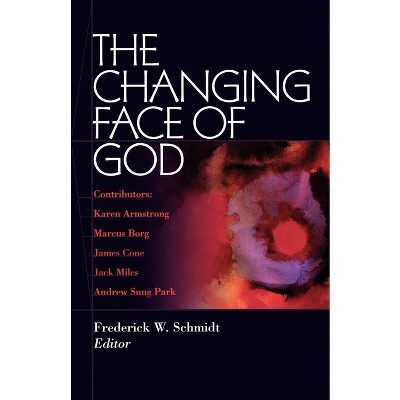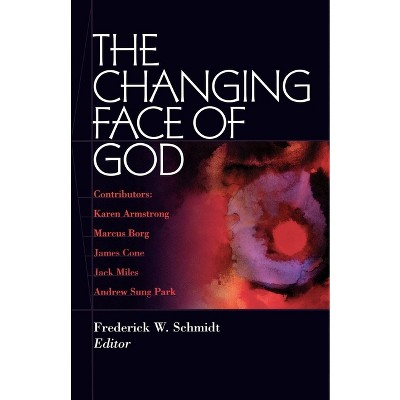
According to a University of California Study, the trend towards exploring alternative forms of spirituality is growing in the United States. In 1982, less than 20% of the student population indicated they had no religious preference. In 2004, 31 % of students claimed that they were on a”spiritual quest” even though they admitted they had “no religious affiliation.”
One third of students in the study felt College was an appropriate setting for personal expressions of spirituality. Other studies have also indicated that while church attendance has declined, personal interest in spirituality has increased.
What does this mean?
A lot, according to researchers Andrew Newberg MD and Mark Robert Waldman who claim in their book, How God Changes Your Brain: Breakthrough Findings from a Leading Neuroscientist (New York: Ballantine Books,2009), that the face of God has changed from the all powerful, authoritarian creator of the old Hebraic tradition to the personal and mystical God of modern man. They also maintain that this evolution has a neurological basis.
From Authoritarian God to Mystical God
The God of the early Hebrews was a powerful and vindictive God. He sent blights, pestilence and floods to punish man for his sins. This God was dominant until the Renaissance when man’s discovery and championing of science eclipsed the power of the Church.
Glimmers of the mystical God emerged a few centuries later in early American evangelism. Presbyterians, Baptists and Methodists challenged the Anglican establishment by insisting on a personal God liberated from the state.
In the 1800’s, eastern mysticism imported into Europe and then to America introduced man to the idea of a truly mystical God, an idea that spawned “spiritualism” in 19th C America. Christian Science and the Unity School of Christianity gave credence to the idea that man is a spiritual being who can shape his life through positive thinking and belief. Evangelical revivalism sweeping through America placed the Mystical God within human hands.
Neural Evolution of the Face of God
Newberg and Waldman claim that the cultural evolution of the face of God follows the neurological evolution of the brain. The God of authority and punishment is spawned by the oldest structures of the brain – the reptilian brain located in the amygdale, the seat of rigid thinking, fear, and defensiveness. This brain is a territorial marker insisting on “an eye for an eye, a tooth for a tooth.”
Fortunately, the amygdale is balanced by a new evolution – the frontal lobe also known as the New Brain because it is the latest addition to the human brain. The frontal lobe is the seat of self management and executive functions; it is plastic which means, unlike the old brain, it is capable of responding with flexibility to new situations.
The key to the emergence of the Mystical God lies in the evolution of the anterior cingulate, a special structure bridging the old and new brains. Located between the frontal lobe and the limbic system, it works like a pivot tilting man’s experience of God between the punitive and the benevolent.
An overactive reptilian brain literally shuts down the anterior cingulate preventing the brain from experiencing intuition and empathy. An active frontal lobe, however, stimulates the anterior cingulate which slows down the amygdale allowing empathy, understanding and compassion to subdue anger and fear.
The evolution of the anterior cingulate is the reason why man is more interested now in a benevolent and mystical God. The neural evolution of man also explains why alternative spirituality, alternative expressions of faith and belief are becoming much more appealing to the western world.




